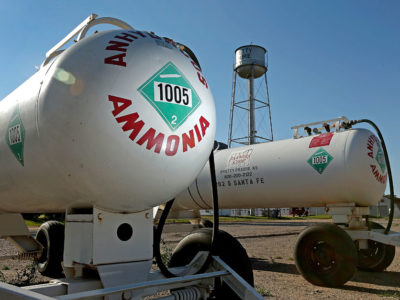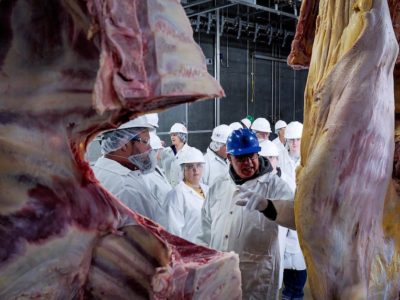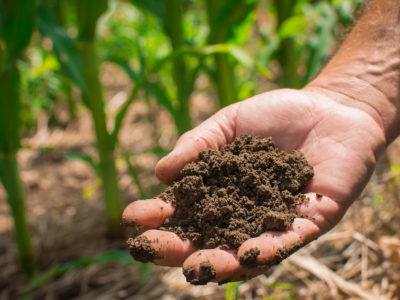Shining Light on Farm & Food Policy for 20 Years.
Monday, November 18, 2024
Articles by Des Keller
Four commodities, four different approaches to climate-smart marketing
Varying rules, payment schemes define soy, dairy, cotton, rice projects
Read More

.jpeg?height=300&t=1730289971&width=400)




.jpg?height=300&t=1704888586&width=400)



